Dungeons & Dragons
Understanding Size Categories in Dungeons & Dragons Guide

Dungeons & Dragons (D&D) brings a vast array of fantastical creatures and characters to life, each falling into distinct size categories.
Size is more than just a visual characteristic; it plays a crucial role in determining a creature’s capabilities in the game.
In this article, we’ll delve into the various size categories in D&D and explore how they impact gameplay.
The Basics of Size Categories
D&D uses size categories to classify creatures and characters based on their physical dimensions. The size categories are Tiny, Small, Medium, Large, Huge, and Gargantuan.
- Tiny:
- Examples: Imp, Sprite, Quasit
- Description: Creatures standing at less than 2 feet tall, often elusive and hard to notice.
- Small:
- Examples: Goblin, Halfling, Kobold
- Description: Small-sized creatures, ranging from 2 to 4 feet tall, nimble and quick.
- Medium:
- Examples: Human, Elf, Dwarf, Orc
- Description: Average-sized creatures, typically standing between 4 and 8 feet tall.
- Large:
- Examples: Ogre, Troll, Centaur
- Description: Larger creatures, usually between 8 and 16 feet tall, imposing and powerful.
- Huge:
- Examples: Fire Giant, Treant
- Description: Very large creatures, often towering between 16 and 32 feet tall, capable of tremendous strength.
- Gargantuan:
- Examples: Kraken, Ancient Dragon
- Description: Extremely large creatures, surpassing 32 feet in height, representing colossal and awe-inspiring entities.
Gameplay Implications
The size of a creature in D&D isn’t just a cosmetic detail; it significantly influences gameplay mechanics.
Here are some key aspects affected by size:
- Combat Reach:
- Larger creatures often have a greater reach in combat, allowing them to strike foes at a distance.
- Movement and Positioning:
- Size impacts a creature’s ability to navigate through different environments. Smaller creatures might move more easily in confined spaces.
- Cover and Line of Sight:
- Size affects how easily a creature can take cover or hide, as well as how it can be targeted by spells and attacks.
- Grapple and Shove:
- The rules for grappling and shoving in combat take into account the size and strength of the involved creatures.
- Spell Effects:
- Some spells and abilities have different effects based on the size of the target. For instance, a spell might deal more damage to larger creatures.
Visualizing Size Categories

While visuals are an essential part of understanding size categories, D&D rulebooks often provide illustrations showcasing creatures of various sizes.
Dungeon Masters and players can also find a wealth of online resources, including official D&D art and fan-created content, to help visualize the diverse range of creatures in each size category.
Frequently Asked Questions (FAQs) about D&D size categories
How does a creature’s size impact combat in Dungeons & Dragons?
Size influences a creature’s combat capabilities in several ways. Larger creatures often have an extended reach in melee combat, giving them an advantage in striking foes from a distance. Additionally, size affects movement, positioning, and the ability to navigate through different environments.
Do spells and abilities have different effects based on a creature’s size category?
Yes, some spells and abilities in D&D take a creature’s size into account. For example, certain spells may deal more damage to larger creatures, while others might have limited effects on smaller ones. Players and Dungeon Masters should carefully read the descriptions of spells to understand their interactions with different size categories.
Can a Tiny creature occupy the same space as a Medium creature in combat?
No, according to the rules in Dungeons & Dragons, creatures of different sizes cannot typically occupy the same space. Each size category corresponds to a specific amount of space on the battlefield. This rule ensures that larger creatures have a physical presence that can impact the tactical aspects of combat.
How does a creature’s size affect movement through different environments?
Size can influence a creature’s ability to move through various environments. Smaller creatures, such as Tiny or Small, may find it easier to navigate tight spaces, squeeze through narrow corridors, or hide in smaller areas. Conversely, larger creatures might face challenges in confined settings.
Are there specific rules for grappling or shoving based on size in D&D?
Yes, the rules for grappling and shoving in D&D consider the size and strength of the creatures involved. Larger creatures may have advantages in grappling or shoving smaller ones, reflecting their physical superiority. Players should refer to the Player’s Handbook or relevant sourcebooks for detailed rules on these actions and how size factors into them.
Conclusion
In Dungeons & Dragons, size categories go beyond mere aesthetics, influencing the dynamics of the game.
From combat strategies to environmental interactions, understanding how size matters adds depth to the storytelling and gameplay experience.
As you embark on your D&D adventures, keep in mind that size matters, and each category brings its own unique flavor to the rich tapestry of the game.

-
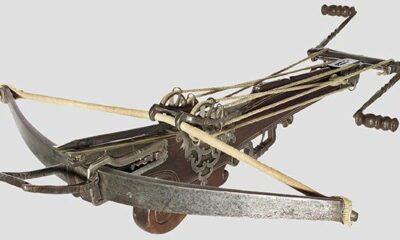
 Dungeons & Dragons6 months ago
Dungeons & Dragons6 months agoHeavy Crossbow 5e D&D Guide
-
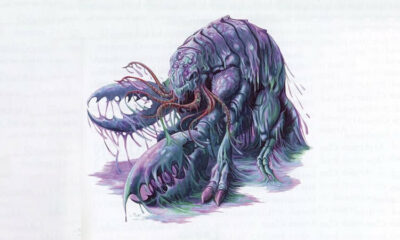
 Dungeons & Dragons6 months ago
Dungeons & Dragons6 months agoAberrations 5e D&D Guide
-

 Dungeons & Dragons6 months ago
Dungeons & Dragons6 months agoMinor Illusion 5E D&D Guide
-
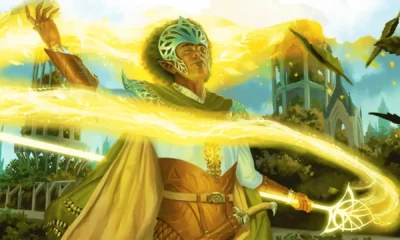
 Dungeons & Dragons6 months ago
Dungeons & Dragons6 months agoThaumaturgy 5e D&D Guide
-

 Dungeons & Dragons6 months ago
Dungeons & Dragons6 months agoHerbalism Kit 5e D&D Guide
-
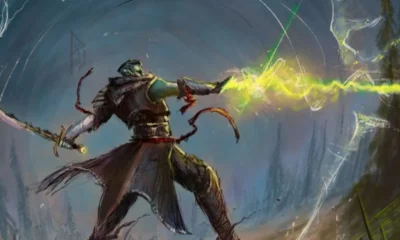
 Dungeons & Dragons6 months ago
Dungeons & Dragons6 months agoRay of Sickness 5e Dungeons & Dragons Guide
-
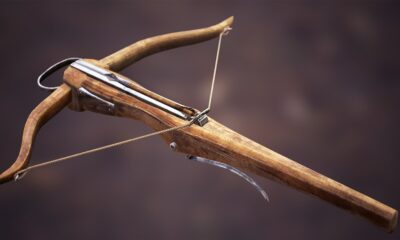
 Dungeons & Dragons6 months ago
Dungeons & Dragons6 months agoLight Crossbow 5e D&D Guide
-
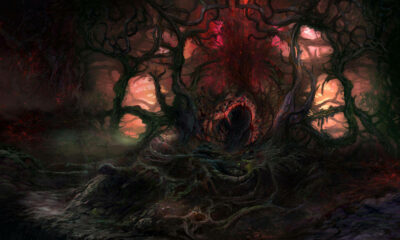
 Dungeons & Dragons6 months ago
Dungeons & Dragons6 months agoInfestation 5e D&D Guide
